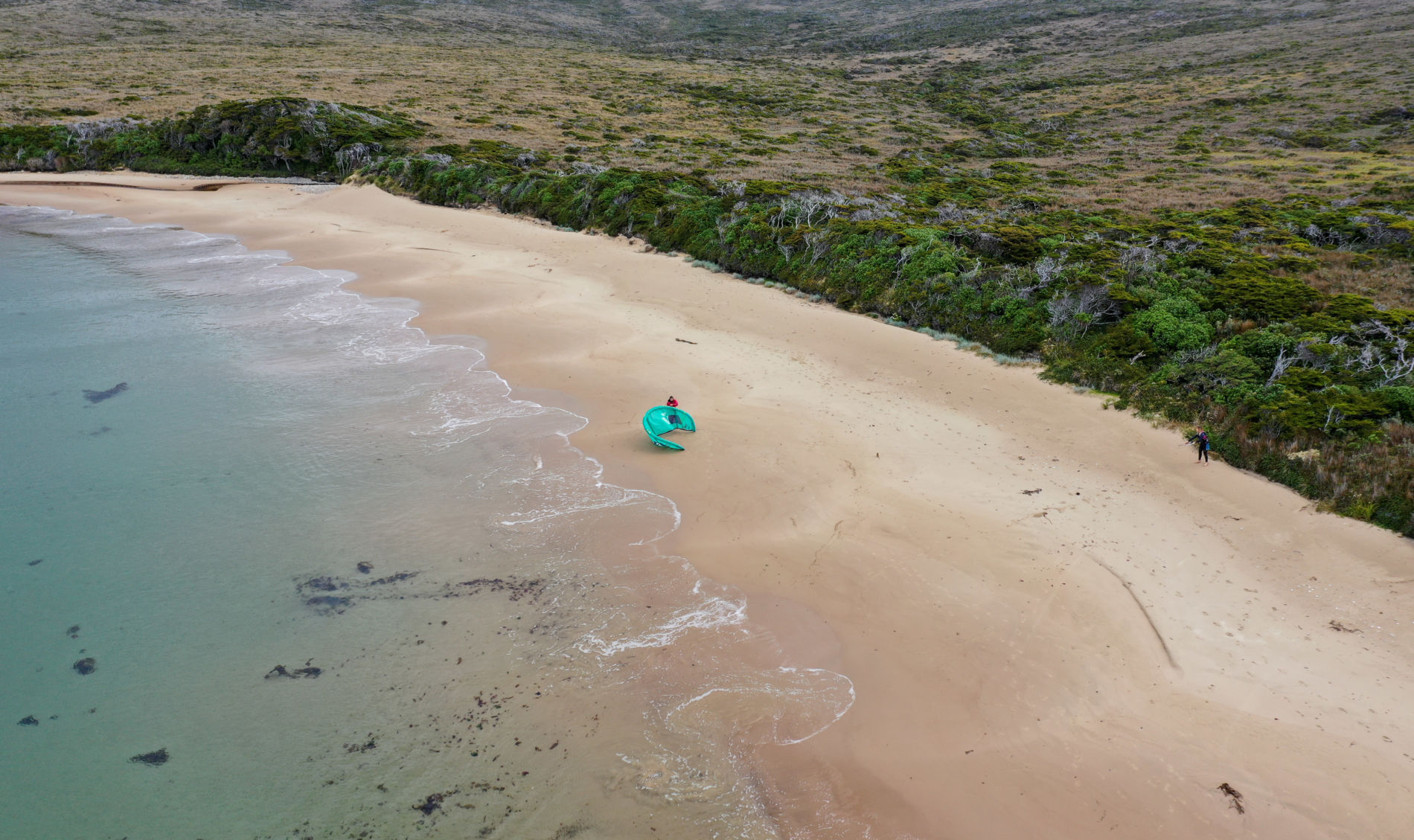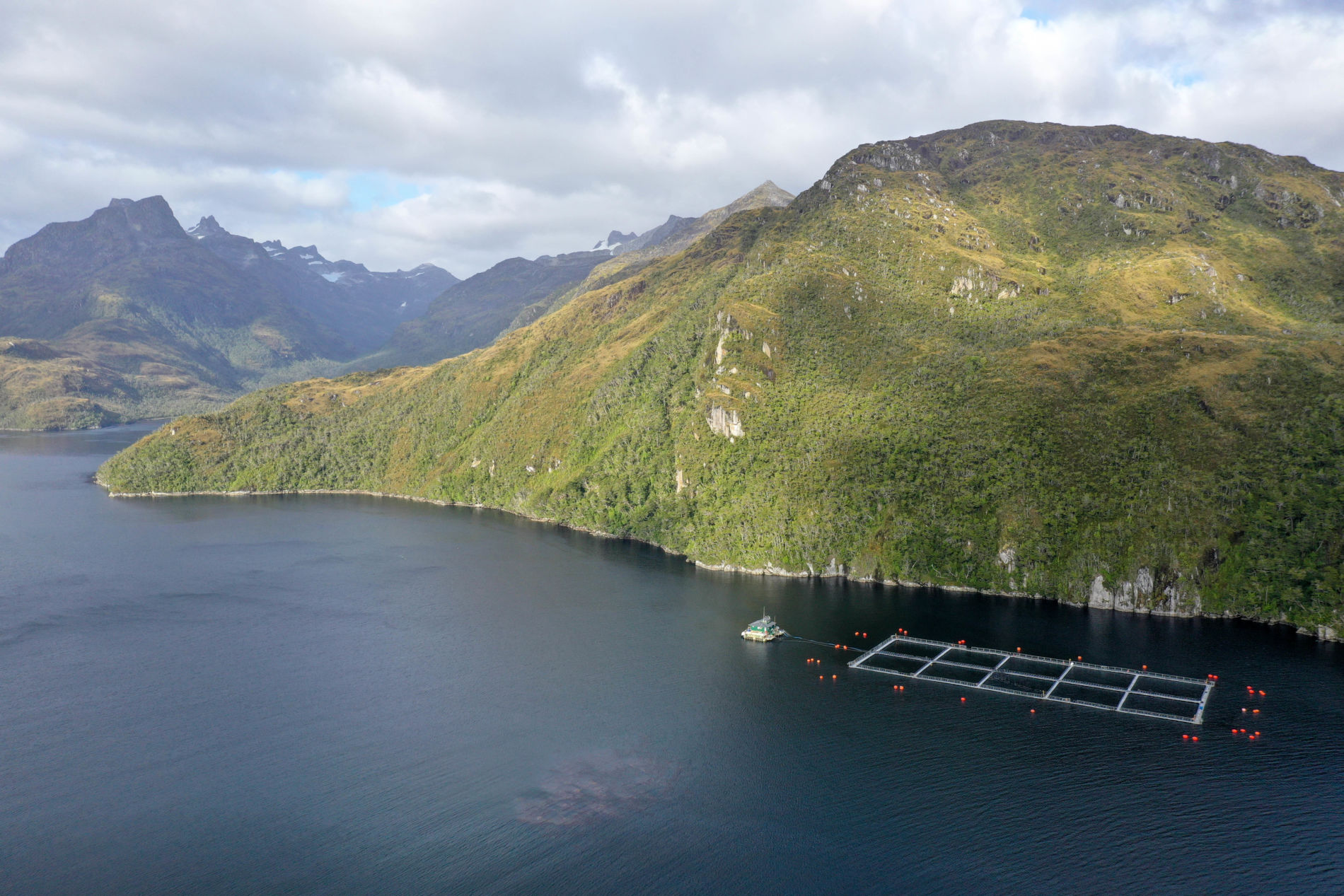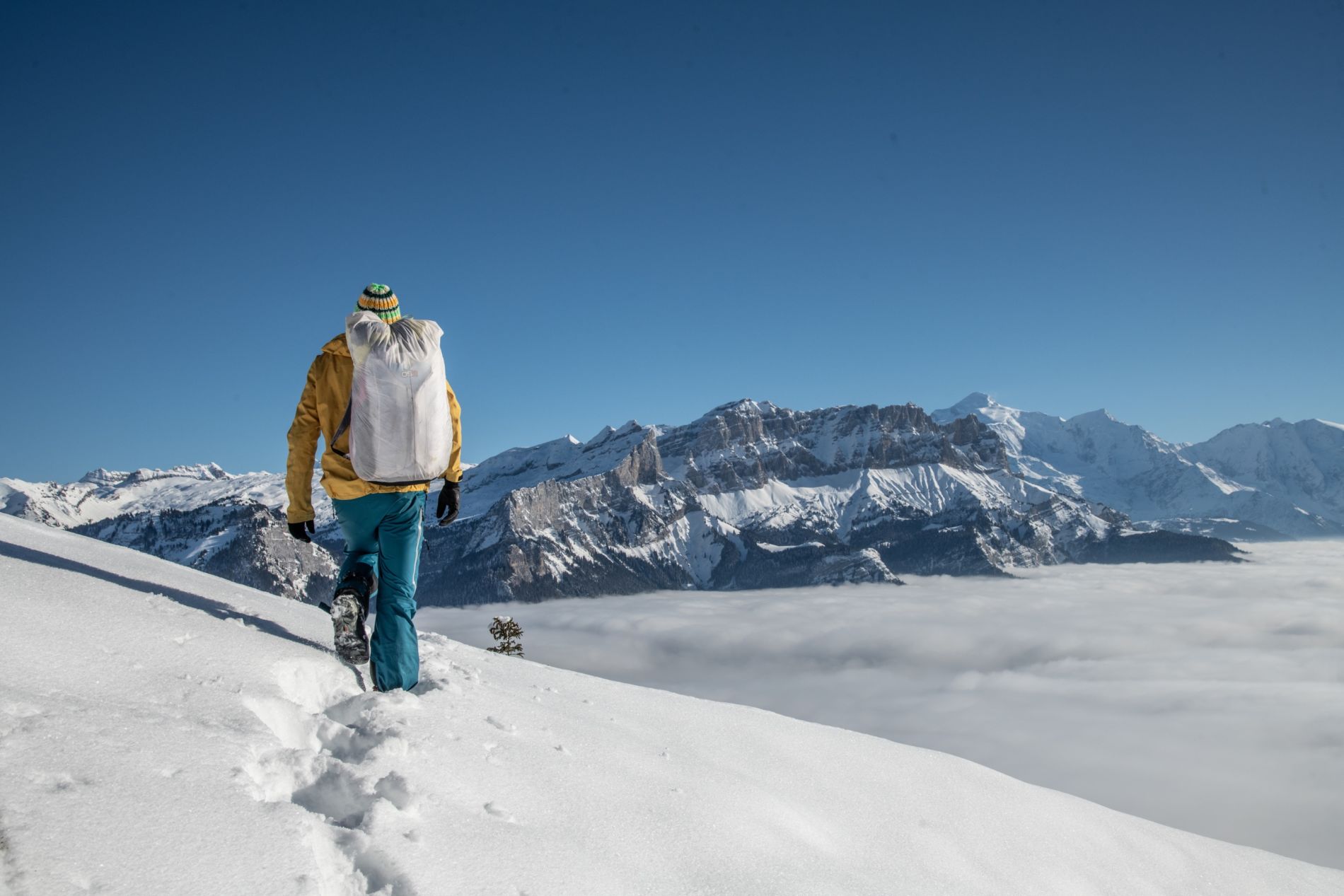Cape Horn: A legendary cape
Few places in the world today, still today make man feel vulnerable and overwhelmed by a mystical and spiritual aura. Cape Horn is one of them!
Maewan tells you their story.
Cape Horn is the source of many legends. Located at the southern tip of Chile, it is the southernmost point of South America. Its dangers and the technical difficulty of crossing it have forged the legend of this region. This place has haunted the imagination of seafarers for centuries. It was therefore obvious to cross this mythical cape during our round-the-world journey.
This month, we are going to take a look at what makes Cape Horn feared, but also desired by all sailors.
Discover Cape Horn
It all began four centuries ago, when the Dutch decided to sail through the most southern cape in the world. In Tierra del Fuego, all it takes is a single cloud for the primitive beauty of the landscape to give way to a melancholic scene . The origin of Cape Horn is Dutch (“Kaap Hoorn”), having been named after the town of Hoorn in the Netherlands by the Dutch merchant Jacob Le Maire. In the company of the navigator Willem Schouten, they crossed the cape on 29 January 1616, establishing a new route between the Atlantic and the Pacific.
This uncharted navigation led them to the island of Java where they were captured and arrested by agents of the Dutch Company. The two sailors were taken back to the Netherlands under chains for breaking the law, crossing the Strait of Magellan, seeing as it was unthinkable for them to have taken another route!
After them, many explorers and sailors also tried to cross the Cape, such as Captain William Bligh who failed to cross Cape Horn with his ship The Bounty in 1787 (made famous by the 1962 film “The Bounty Rebels” with Marlon Brando). The Spanish conquistadors were so fearful of Cape Horn that they preferred to have the gold they mined on the Andes coast transited overland first, so that they could embark on the Atlantic side and avoid having to cross the passage with their ships full of treasures.
A few years later, in 1830, Richard Henry Dana Jr. gave his account of his experience sailing around Cape Horn: “As we rushed on deck, we found a great black cloud coming towards us darkening the skies. This is Cape Horn! said the mate, and we barely had time to get down and trim the sails before it was in front of us. Within moments the sea became more intense and heavier than I had ever seen it before…At the same instant the sleet and hail struck us with fury.“.
Due to the particularly difficult weather conditions, it is estimated that between the 16th and 20th centuries, more than 800 ships perished in the waters around Cape Horn, taking with them probably thousands of sailors. Faced with these difficult navigational conditions, exploration and discovery in this region was greatly constrained. Consequently, the mapping of this region of Patagonia took several centuries.
Today, thanks to modern technology, Cape Horn has revealed all its contours. It is even possible to moor on Horn Island, where a Chilean naval officer and his family have been living for a few years. However, even if Cape Horn has revealed all its secrets, it remains a challenge for all sailors who wish to venture into these waters.
To this day, the legends about Cape Horn continue to linger in collective imagination having been spread over the centuries.
Legends that last for centuries
The immensity of the ocean and its dangers have forged legends and tales of all sorts, with contributions from sailors’ stories and their proverbial superstition! Full of tales and emotions, sailing around Cape Horn is like sailing through a marine graveyard.
Among the various stories surrounding Cape Horn, the legend of the Flying Dutchman is surely the most popular. Caught in an endless stormy wind, the ship is said to wander the seas, unable to find rest. To come across it, or to spot it at the edge of a misty sea would be a bad omen announcing a terrible storm.
These legends, formed over the centuries, prove that Cape Horn is still the centre of conversation. Even today, it remains a real mystery for sailors who venture there, as the weather is very unpredictable and the danger remains ever-present, even for modern ships.
A unique playground for sailors
One of the most difficult places to reach, Cape Horn is feared and adored by all sailors. It is an inevitable part of a round the world voyage as it marks the northern limit of the Drake Passage, the name of the strait that separates South America from Antarctica.
According to “Le Figaro Nautisme”: “The conditions rapidly become Dantesque in an area where the lows have less and less space to spread out. Their speed and intensity increases. The sea then becomes short and very dangerous when approaching the cape, and can generate rogue waves (waves over 30 m high) which can be extremely difficult to overcome.
Taming the southern seas and crossing this cape is for some a sort of ‘Grail’, as it is compared in the sailing world to climbing Everest for mountaineers.
In fact, every four years, sailors compete in the famous Vendée Globe race. “This single-handed, non-stop, non-assisted, round-the-world sailing race pits monohull yachts against each other. The Vendée Globe is considered to be the most difficult race for sailors. “. These ocean racers sail around the world on an average route of 40,075 kilometres or 21,638 nautical miles, a real achievement! Winds range from 30 to 100km/h, with sailors renaming the latitudes ” roaring forties “, ” howling fifties “, ” shrill sixties “. Unflattering names, which say a lot about the sailing conditions in this corner of the world.
And in this race of extremes, the highlight, the most dangerous and the most epic remains passing through Cape Horn.
While in Tierra del Fuego for our round-the-world trip, the Maewan crew wanted to live this unique experience and attempt to sail via Cape Horn.
Adventure story: The passing through Cape Horn by Maewan…
Marion, co-leader of the expedition and president of the Maewan association, tells us about this unique moment when the Maewan sailboat approaches this mythical cape.
” The weather slots allowing us to approach the Everest of the seas are short, but a time window opens up so we lift the anchor! The sea is not very tidy and I need a bit of concentration to steer for these first navigations in the channels. I can’t anticipate the squalls and gales as I could in the ocean. The gusts appear uninvited.
I learn to make Maewan dance with them, without too many sails. After 14 hours of sailing, we decided to anchor for two days at Calleta Martial, the island just opposite Cape Horn. There is a big gale to avoid, so we take advantage of these two days to recover and stretch our legs.
The vegetation is incredible. The trees are combed by the winds. Their branches intertwine from barely 50 cm from the ground to about 1.5 cm high, forming a three-dimensional labyrinth, not very easy to get through. Then suddenly, the maze comes to an end. The winds are too violent to allow the forest to develop, leaving a bed of numerous varieties of moss, a splendid gradation of a thousand shades of green.
Waterlogged, my feet bounce with each step, incredible sensations. After several hours of hiking and climbing, we are at the summit and we can see the mythical Cape Horn, standing in front of the gateway to Antarctica. “
Once we set off again, unexpectedly, the sea is calm, perhaps too calm. We manage to cross Cape Horn very smoothly. Fabienne D’Ortoli, the kite surfing champion who was on the boat during the crossing, was even able to cross it on a paddle board. A rare achievement on the waters of Cape Horn! Will Cape Horn become docile as Maewan approaches? A new legend to be written…
SOURCES :
https://www.australis.com/fr/a-la-decouverte-de-la-patagonie/attraits/cap-horn-2/
https://blogpatagonie.australis.com/autour-du-cap-horn/
https://www.pirates-corsaires.com/superstitions.htm
https://fr.m.wikipedia.org/wiki/Vendée_Globe
See also
While the adventure in Tierra del Fuego ended just a few weeks ago, let’s take a look back on the highlights of this epic journey. Joining the Maewan sailboat and ... Explore
Explore
Once upon a fabulous Patagonian adventure
 Explore
Explore
Fancy a bite of salmon? An insight into the sanitary and environmental disasters caused by aquaculture
 Explore
Explore
